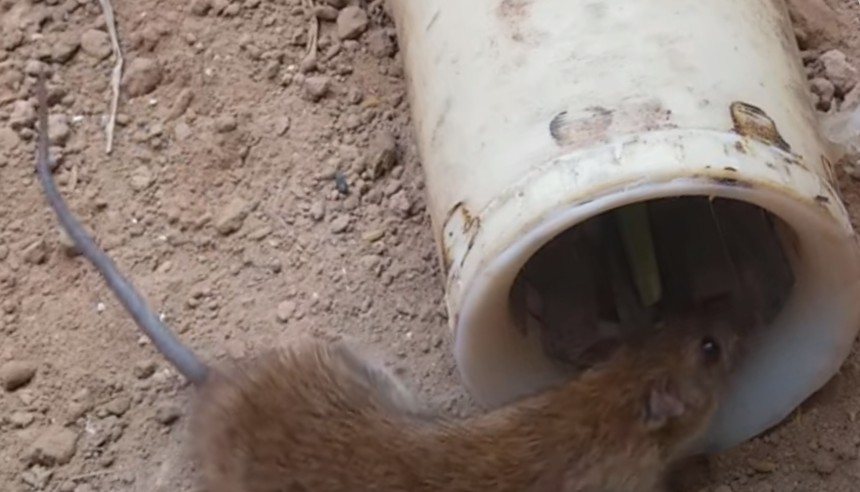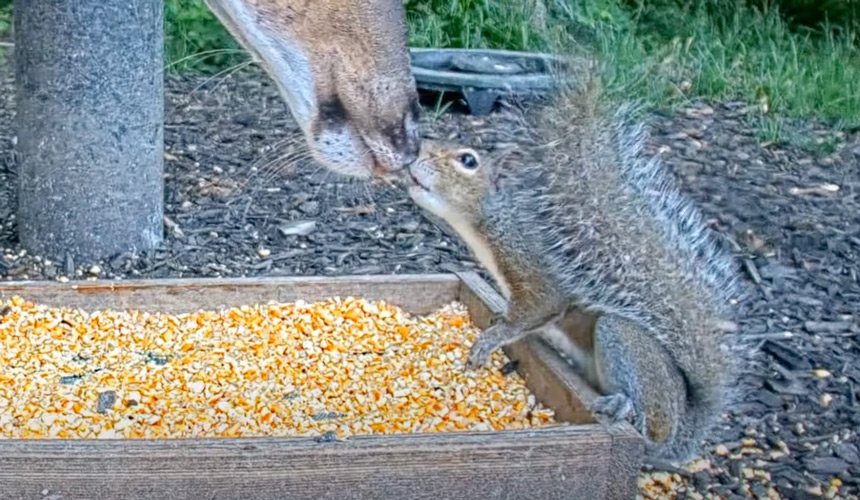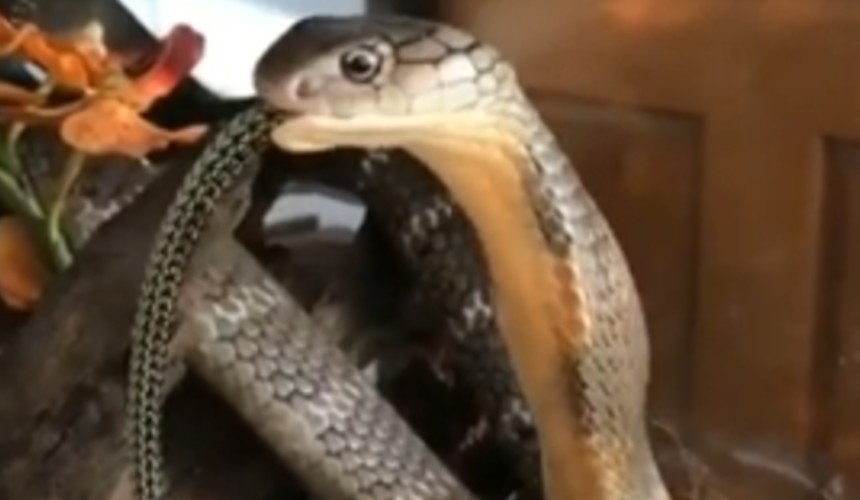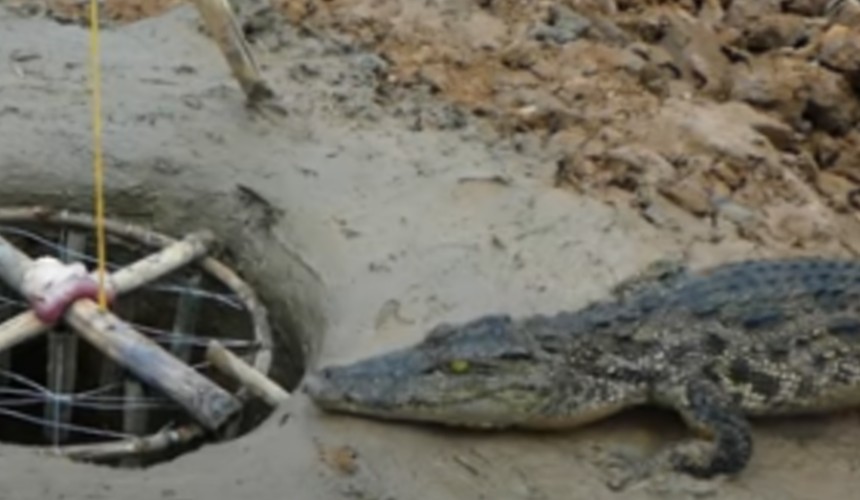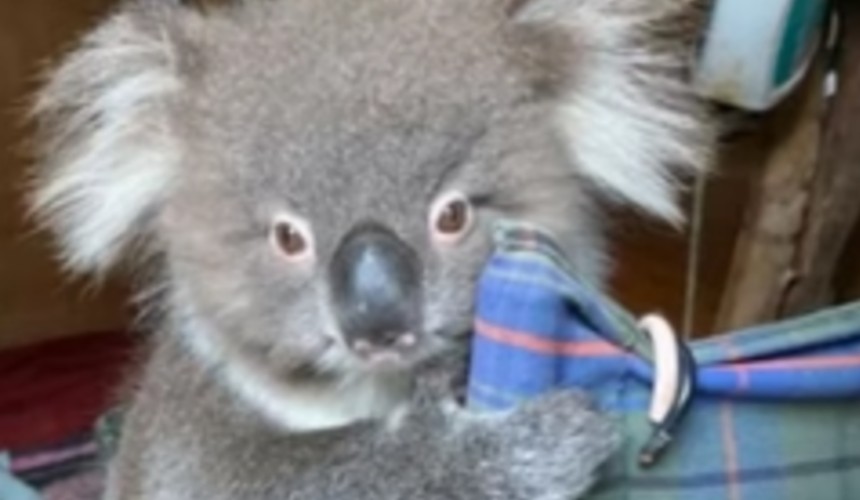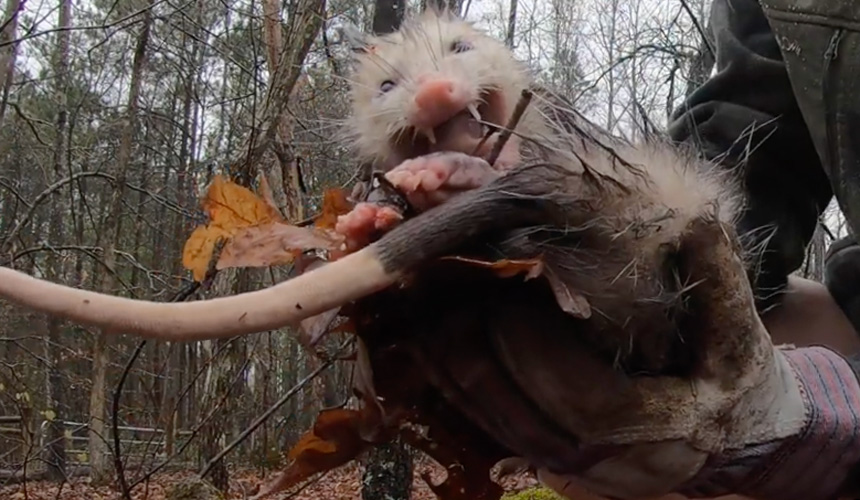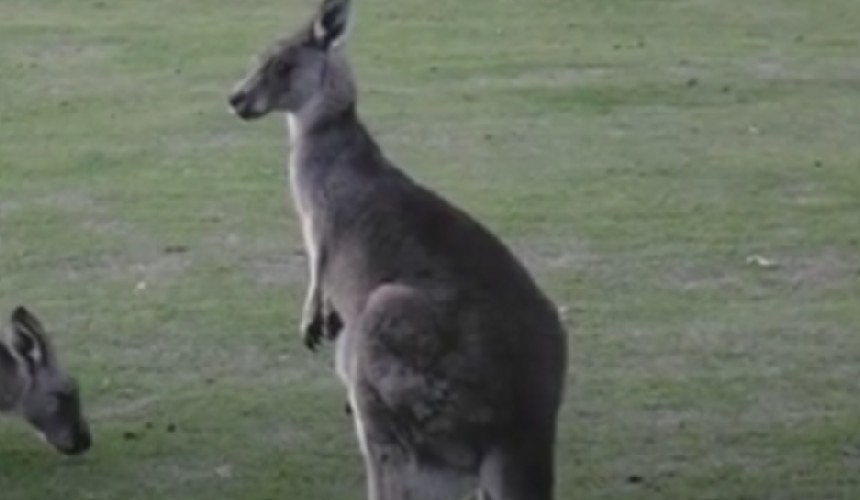Wildlife Education and Removal in Australia
Why does Australia seem to have so many venomous creatures?
To many foreigners Australia is a land of legends, myths and exaggerations, many of which have been created and exploited by Aussie's themselves. Whether it's to create the illusion of danger and adventure for tourism or just to have a laugh, (a well-known Aussie pass time), usually an Australian won't let the truth get in the way of a good (read exaggerated!) story.
So does Australia really have the high amount of venomous creatures for which it is renowned or is that just another misnomer created by larrikin Australians who love to fool and scare tourists?
Looking at the facts, Australia does have a reasonably high amount of venomous creatures, but it is also a very large and isolated country, which is one of the most important factors as to why these poisonous critters seem so prevalent.
Australia is a huge country, the majority of which is very impoverished, infertile land with great extremes in temperature and very low rainfall. Even the ocean off the Eastern Coast of Australia is particularly nutrient deficient, as oceans go, due to it being warm, clear and tropical.
In addition, the ocean receives no additional fertiliser by runoff from the land as the soils are relatively infertile. The lack of rain also causes hardship – the majority of the rain falls in the summer months followed by very long periods of dry weather. The rainfall is extremely unpredictable from season to season – there are years of drought and years of flood, making it incredibly erratic and hard for plants and animals to establish themselves.
The lack of water and nutrients mean that in order to survive, most animals need to be high up the food chain, so to speak – the species that have survived over many many years of harsh conditions are those that have adapted to an ecosystem that benefits animals with a slow-burn efficiency and those which have a greater ability to conserve their resources and take advantage of resources in the relatively short period they are available.
Due to these unique set of circumstances, Australia is lacking in mammalian predators, who, compared to cold-blooded predators need a lot more resources to survive.
Because impoverished ecosystems don't have the food resources to support large amounts of mammalian predators, this is the reason Australia seems to be over-represented in reptiles or cold -blooded predators. They have survived so well in this harsh environment as they need relatively few food resources, especially compared with mammals, and many also the ability to hibernate in winter months to conserve energy. This survival of the most adapted to the vagaries of the environment also then means survival of the most potent in terms of venom. If the chances of a meal are rarely on offer, it is vital to ensure the predator stands the best chance of capturing its prey. The chances of a successful kill are greatly increased by the predator having potent venom, hence the seemingly over-representation in Australia of these poisonous species.


